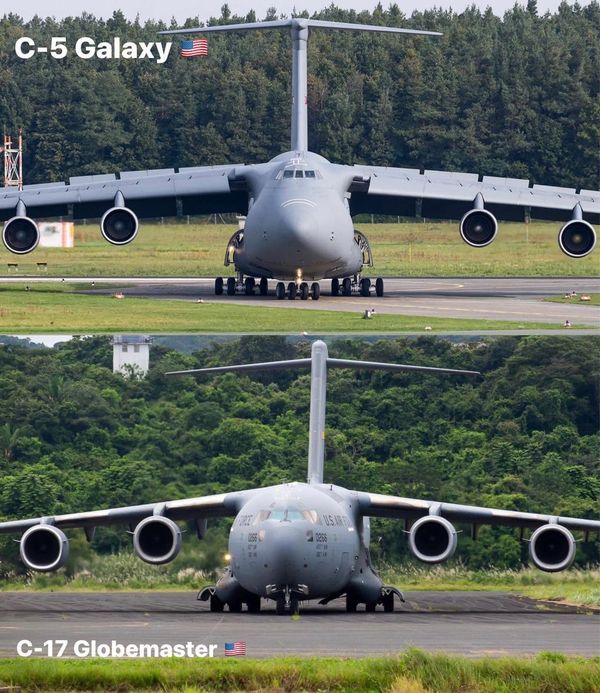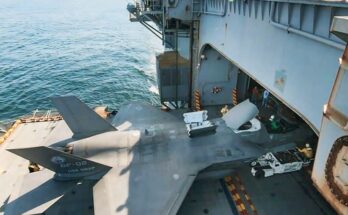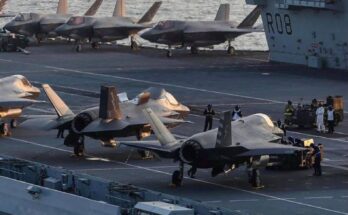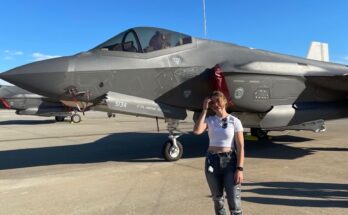
The United States Air Force operates some of the most advanced and capable airlift aircraft in the world. Two of the most prominent among them are the Lockheed C-5 Galaxy and the Boeing C-17 Globemaster III. Both play vital roles in military and humanitarian operations, but they differ in size, capacity, versatility, and mission focus. Together, they form the backbone of America’s strategic and tactical airlift capability.
The C-5 Galaxy: Heavyweight Champion of Airlift
The C-5 Galaxy first entered service in 1970, built by Lockheed. It was designed to move massive amounts of cargo over long distances, supporting U.S. military operations worldwide. With its enormous size, the C-5 is one of the largest military aircraft ever built. It measures 247 feet in length with a wingspan of 222 feet, and its cargo hold alone is larger than many commercial aircraft.
The Galaxy can carry oversized equipment such as tanks, helicopters, missiles, and even other aircraft components. Its maximum payload capacity is around 280,000 pounds, making it unmatched in terms of sheer lifting power. A distinctive feature of the C-5 is its ability to “kneel” by lowering its landing gear, allowing vehicles to drive directly in and out of its front and rear cargo doors.
The aircraft has undergone several upgrades, the most recent being the C-5M Super Galaxy, which features new engines, modern avionics, and increased reliability. Despite being over five decades old, the C-5 remains a vital strategic transport aircraft, capable of flying intercontinental missions without refueling.
The C-17 Globemaster III: The Workhorse of Modern Airlift
While the C-5 dominates in size, the C-17 Globemaster III, developed by McDonnell Douglas (later Boeing) and introduced in the 1990s, is the Air Force’s more flexible and versatile cargo aircraft. It is smaller than the C-5, measuring 174 feet in length with a wingspan of 170 feet, but it is highly maneuverable for its size.
The C-17 can carry up to 170,900 pounds of cargo, including troops, vehicles, and supplies. Unlike the C-5, the C-17 is specifically designed for operations in austere environments. It can take off and land on short, unpaved runways, giving it access to remote and hostile regions where larger aircraft cannot operate. This capability makes the C-17 essential for tactical missions, humanitarian relief, and rapid response operations.
Another strength of the Globemaster is its advanced technology, including computerized flight controls and efficient engines, which provide excellent performance and fuel economy. It can also perform tactical air drops of troops and equipment, adding to its versatility in combat situations.
Complementary Roles
The C-5 Galaxy and C-17 Globemaster are not competitors but partners in U.S. air mobility. The C-5 is best suited for strategic missions, moving huge loads across oceans and continents, while the C-17 excels in tactical missions, delivering cargo and personnel directly to front-line bases or disaster zones. Together, they ensure that the U.S. military can project power and deliver aid anywhere in the world.
Conclusion
The C-5 Galaxy represents raw lifting capacity and long-range endurance, while the C-17 Globemaster III embodies flexibility, agility, and tactical precision. Both aircraft symbolize American airpower and humanitarian reach. Whether transporting armored divisions across continents or delivering lifesaving supplies to disaster victims, these giants of the sky continue to play an indispensable role in global operations.


